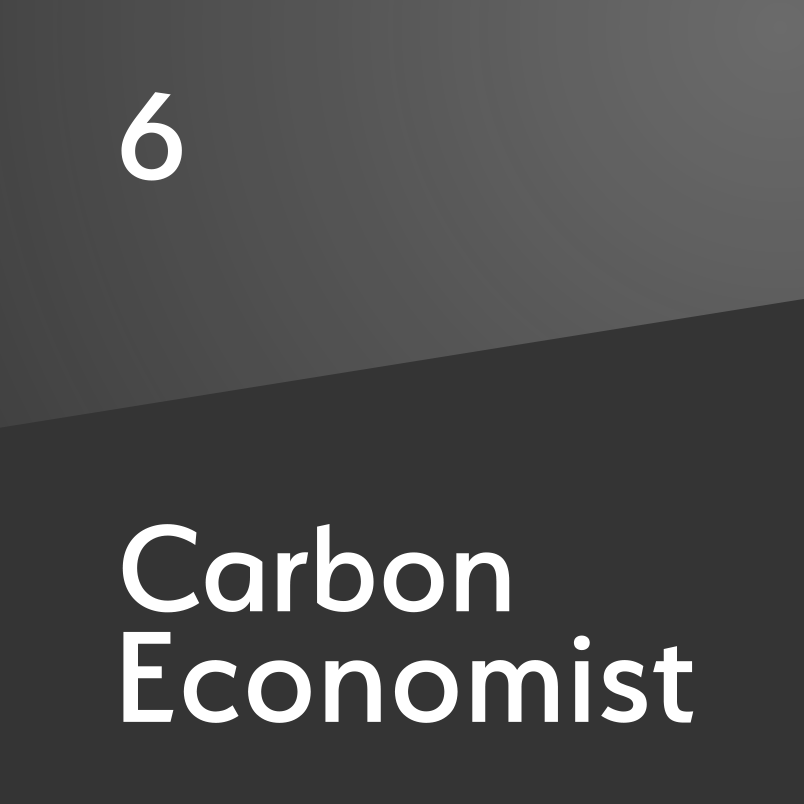Six actions needed to close Paris emissions gap – ETC
Additional 17-20Gt of carbon dioxide reductions and 40pc cut in methane emissions necessary to keep 1.5°C target alive
There are six sets of low-cost actions nations could take during the 2020s to deliver the Paris agreement and limit global warming to 1.5°C, according to a report from the Energy Transitions Commission (ETC), a UK-based thinktank. Current Nationally Determined Contributions (NDCs) to the Paris Agreement fall far short of those needed to prevent global warming from exceeding that temperature target. An additional 17-20Gt of CO2 reductions and a 40pc reduction in methane emissions are needed to achieve that objective, according to the report titled Keeping 1.5°C Alive: Closing the Gap in the 2020s. These could be achieved if recommendations across six areas are implemented: cutting methane emi

Also in this section
28 November 2025
The launch of the bloc’s emissions trading system in 2005 was a pioneering step, but as the scheme hits 21 its impact as a driver of decarbonisation is still open to debate
18 November 2025
Vicki Hollub, president and CEO of Occidental, has been selected as the 2026 recipient of the Dewhurst Award, the highest honour bestowed by WPC Energy. The Dewhurst Award celebrates exceptional leadership, groundbreaking innovation and a lifetime of significant achievements in sup-port of the development and advancement of the energy industry.
11 November 2025
Transition policies must recognise that significant industrial demand for carbon will continue even as economies hit net zero
6 November 2025
After years of pursuing ideologically driven climate leadership, Western powers are now stepping back under mounting political pressure and rising populist opposition—prompting concern essential climate action could be sidelined







